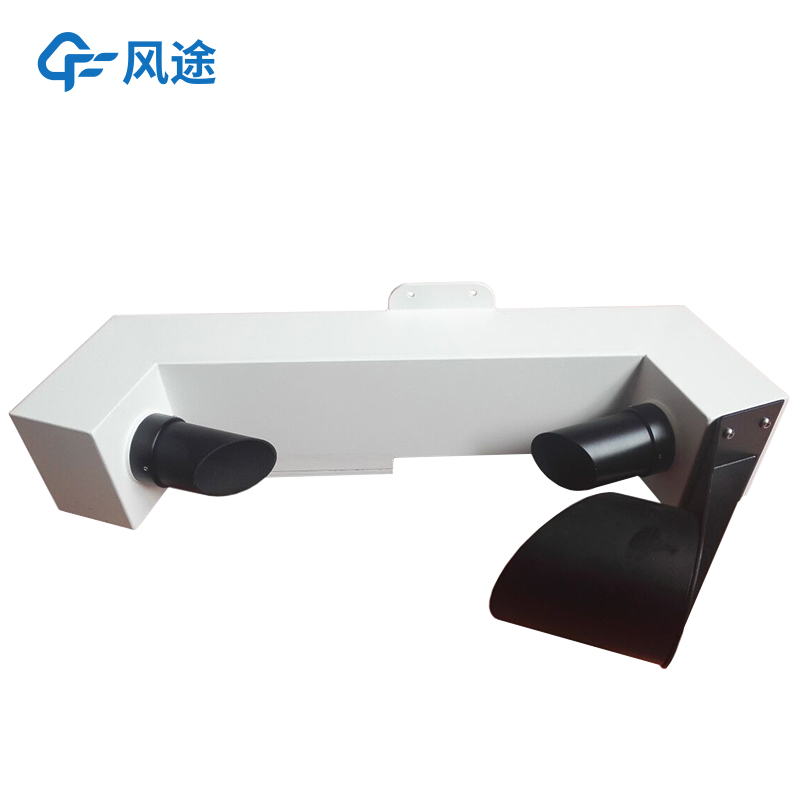Shandong Fengtu IOT Technology Co., Ltd
Sales Manager:Ms. Emily Wang
Cel,Whatsapp,Wechat:+86 15898932201
Email:info@fengtutec.com
Add:No. 155 Optoelectronic Industry Accelerator, Gaoxin District, Weifang, Shandong, China

Sales Manager:Ms. Emily Wang
Cel,Whatsapp,Wechat:+86 15898932201
Email:info@fengtutec.com
Add:No. 155 Optoelectronic Industry Accelerator, Gaoxin District, Weifang, Shandong, China
time:2025-09-29 10:04:17 source:Weather Station viewed:191 time
Low-visibility weather conditions (such as heavy fog, dense haze, heavy rain, and smoke/dust) reduce drivers' effective visual range and are a major cause of significant safety incidents including multi-vehicle rear-end collisions on highways and aircraft go-arounds or delays at airports. Therefore, to reduce such accidents, it is necessary to deploy professional visibility monitoring stations at key locations such as sections prone to localized fog patches on highways, airport runways, and mountain bridges and tunnels.
Visibility monitors commonly used in the transportation sector are primarily based on optical principles and are mainly categorized into two types:
Forward Scatter Visibility Meters: These emit infrared light beams and measure the intensity of forward-scattered light produced by particles in the air at specific angles (e.g., 33°-45°). Visibility values are calculated using models such as the Koschmieder Law. This method offers a compact size, flexible installation, fast response (up to seconds), minimal interference from ambient light, and relatively easy maintenance. While its accuracy is slightly lower than transmissometer-based systems, it meets most transportation needs and is suitable for scenarios requiring flexible deployment such as highways, urban roads, bridges, and tunnels.
Transmissometers: These place transmitters and receivers at both ends of a fixed baseline (e.g., several tens of meters). They directly measure the attenuation of light beams after passing through the atmosphere, calculate transmittance or extinction coefficients, and thereby derive visibility. This method provides high accuracy but requires long installation baselines, has high site requirements, and involves higher construction and maintenance costs. It is suitable for applications requiring extremely high measurement accuracy such as airport runways and meteorological reference stations.
Currently, in the transportation sector, particularly within highway systems, forward scatter visibility meters are most widely used due to their comprehensive advantages. In practical applications, visibility meters typically do not operate independently but rather serve as one of the core sensors of highway weather stations, integrated with other sensors to form a complete monitoring unit.

Soil moisture monitoring system can continuously monitor soil moisture for a long time. Users can install soil moisture sensors at different locations and depths according to their needs. The system also supports the addition of other sensors for measuring soil temperature, conductivity, pH, as well...
In the field of road traffic, adverse weather conditions are like invisible "traffic killers", posing a huge threat to safe operations. Road surface water accumulation, thick snow, excessive rain and snowfall, or the frequent occurrence of extreme weather such as dense fog, thick fog, sand...
In an era when tourism is booming, tourists are no longer satisfied with just beautiful scenery. They are paying increasing attention to the environmental quality of scenic spots, especially the air quality. Thus, the negative oxygen ion monitoring system has become an indispensable part of modern s...
As an emerging instrument in the field of meteorological observation, the Portable Weather Station is gradually changing the way meteorological data is collected. It is small in size and light in weight, with extremely strong mobility, making it effortless to carry and transport. Whether it is for c...